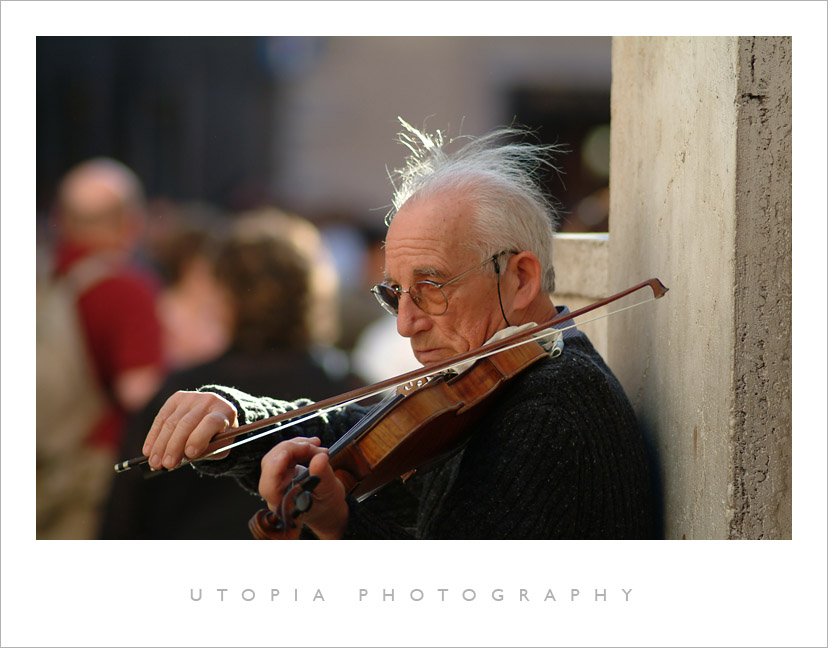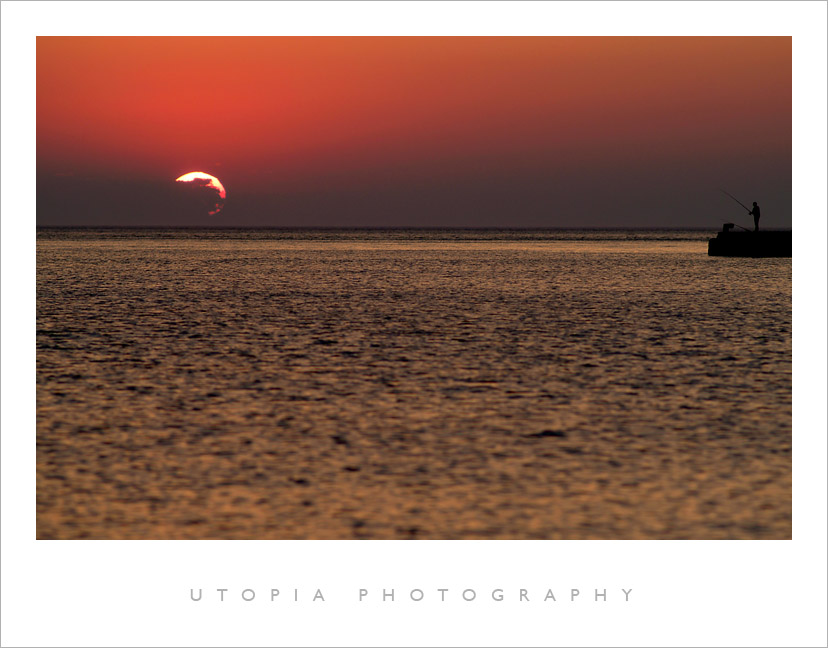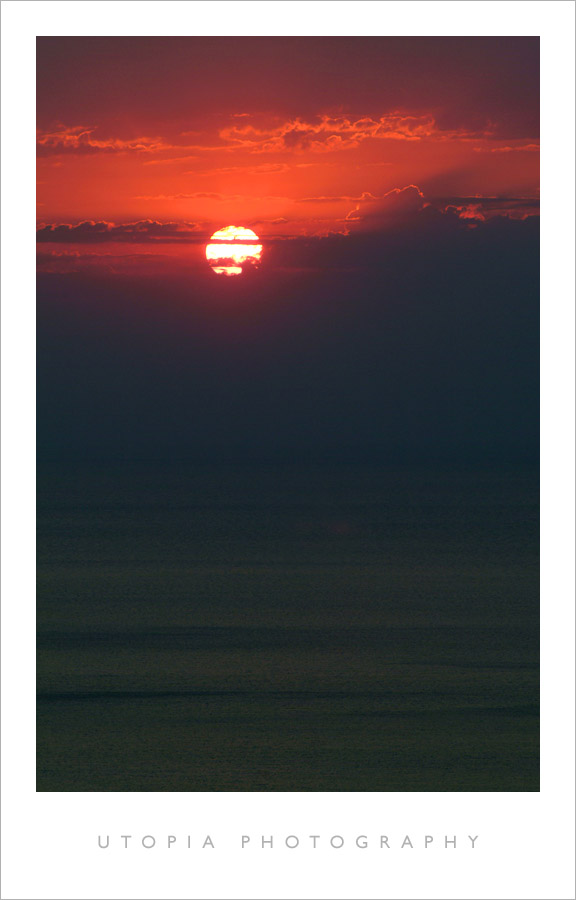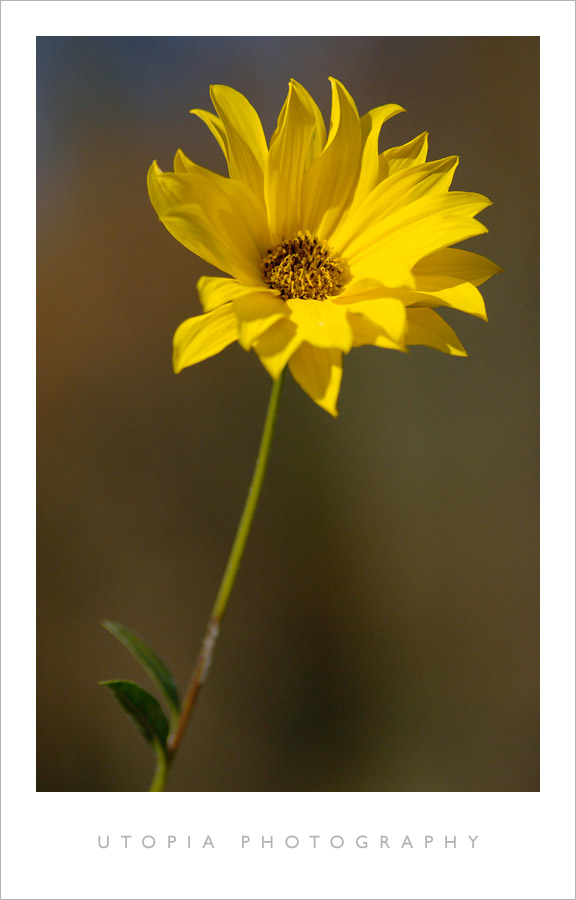

Nikon AF 180mm f/2.8D IF ED - The Candid Lens
|
Lens data for the Nikon AF 180 mm f/2.8D IF ED:
Lens construction: 8 elements in 6 groups Closest focusing: 1.5 m / 5 ft For DX sensors: full frame equivalent: 270 mm Filter: 72 mm Hood: Built-in Dimensions: 3.1 x 5.7 in Weight: 26.8 oz. Appearance: 1994 Performance on cameras with DX-sized sensors: The Nikon AF-S 70-200mm f/2.8G VR lens is a versatile and almost perfect tele lens for a DX camera. I would love to take that lens to every possible event (together with the Nikon AF-S 17-35mm f/2.8D lens). There are situations however, where the 70-200mm zoom lens is too conspicuous: It is rather difficult to take real candids in a city with this lens. And I usually don't take this lens with me on city trips. People on the street are not used to such large lenses on cameras and start looking at you. So I searched for a smaller and lighter lens with a similiar reach and optical quality for travelling and for candids in cities. After closer examination, two lenses stayed in the race: The old Nikon AF 80-200mm f/2.8 (one touch) zoom lens and the Nikon AF 180mm f/2.8D ED IF prime lens. I checked both lenses thoroughly and I preferred the prime lens by a wide margin for several reasons. It is quite a bit lighter and smaller than the zoom lens and with the slow autofocus of my Fuji S2 / S3 Pro cameras I got a lot more keepers with it. It focuses much faster (no wonder considering all the lenses that have to be moved in the zoom). And the optics of the Nikon AF 180mm f/2.8D are top notch. So I bought a Nikon AF 180mm f/2.8D ED IF second hand and have used this prime a lot more than expected. It has been on my camera on every city trip ever since, from Rome to Berlin. On city trips I often use the camera in A mode (aperture priority) at f/2.8 and shoot away until it gets dark. The images at f/2.8 are amazingly sharp with just a little color aberration. And the out-of-focus areas look wonderful at f/2.8 and close distances to the main subject. With higher resolution DX-cameras (Nikon D200 / D300 / D2X), I prefer f/3.5 over f/2.8. The autofocus of my Fuji S2 / S3 with the 180mm lens is not as fast as with the AF-S 70-200mm f/2.8G VR lens but fast enough for candids. In fact, the Nikon AF 180mm f/2.8 ED IF is the perfect candid lens. When my girlfriend discovered this lens, she fell in love with it right away and we are now thinking about buying a second lens (silly me, I shouldn't ever have lent that lens to her...). |
Performance on a full frame camera (Nikon D3): Even at f/2.8, there is almost no vignetting with the Nikon AF 180mm f/2.8D lens on a full frame sensor - an excellent performance. The 180mm lens puts the more modern Nikon AF-S 70-200mm f/2.8G VR to shame in that respect. But how sharp is the Nikon AF 180mm f/2.8D on a full frame camera? At f/2.8, the lens shows some softness. The edges are about as sharp as the image center (with the exception of the outermost corners). With some sharpening in Photoshop the whole image can be transformed into a sharp image (not stellar but good). Compared to the Nikon AF-S 70-200mm f/2.8G VR, the Nikon AF 180mm f/2.8D is visibly softer at f/2.8 in the image center but sharper at the borders. At f/4, image quality makes a big step forward with both lenses. Sharpening in post-processing is not needed anymore and the image looks sharp. While the zoom lens (70-200mm) is still sharper by a hair in the image center, the prime lens (180mm) is a lot sharper at the borders. I would prefer the prime at f/4 due to the lack of vignetting and good edge sharpness for landscape work. But the zoom lens is more versatile (70-200mm instead of "just" 180mm, VR). At f/5.6, image quality is further improved with both lenses. Overall image quality is excellent with the Nikon AF 180mm f/2.8D over the whole frame while the Nikon AF-S 70-200mm f/2.8G VR still shows soft borders. Image quality reaches its maximum at around f/8 with the 180mm lens. At f/11 and f/13, diffraction effects can already be seen but image quality is still very acceptable at both settings. The Nikon AF 180mm f/2.8D fully qualifies for "low resolution" (12MP) full frame sensors. For more information on the performance of the Nikon AF 180mm f/2.8D lens on the Nikon D3 full frame camera click here . Rating for the Nikon AF 180 mm f/2.8D IF ED lens (Maximum: 5, Minimum: 1): Image quality wide open: 4.5 Overall image quality: 5 "Bokeh": 4.5 (for close-ups at f/2.8: 5) Build quality: 4.5 Lens construction for the Nikon AF 180 mm f/2.8D IF ED: 
Yellow: ED glass Image © 2008 Nikon Corporation (source) External reviews (Nikon AF 180 mm f/2.8D IF ED): naturfotograf.com (f/2.8) (cache: 1 ) slrgear.com (f/2.8D) (cache: 1 ) slrlensreview.com (f/2.8D) (cache: 1 ) photozone.de (f/2.8) (cache: 1 2 3 ) xoomer.virgilio.it (f/2.8) (cache: 1 ) *) Contact me if you know interesting reviews not listed here. The cache numbers in parenthesis next to the links lead to cached pdf files (just in case the original links don't work anymore). The files usually only represent parts of the original contents from January 2010. |
Some images taken
with the Nikon AF 180mm f/2.8D IF ED lens
(Sensor: DX format):

|

|

|

|

|